Ahmed Benfaid
ProSky: NEAT Meets NOMA-mmWave in the Sky of 6G
Oct 13, 2022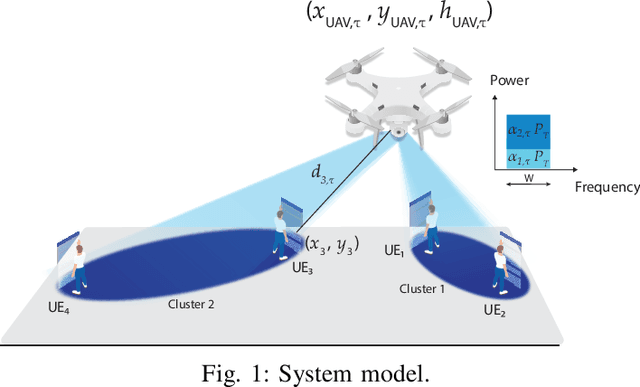
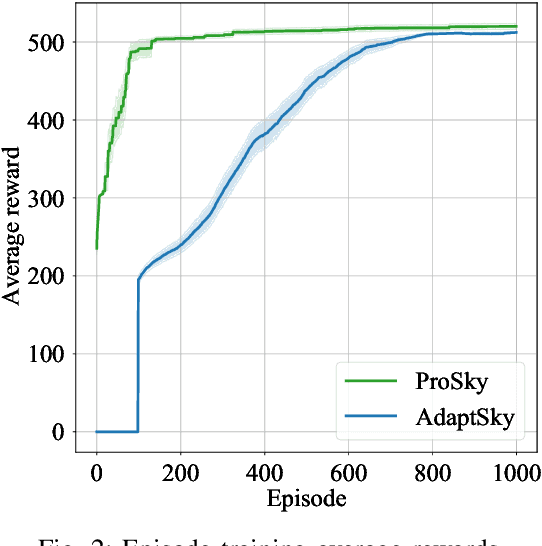
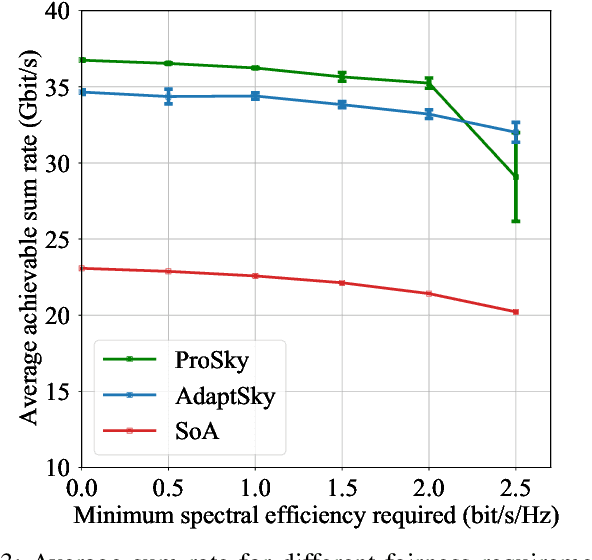
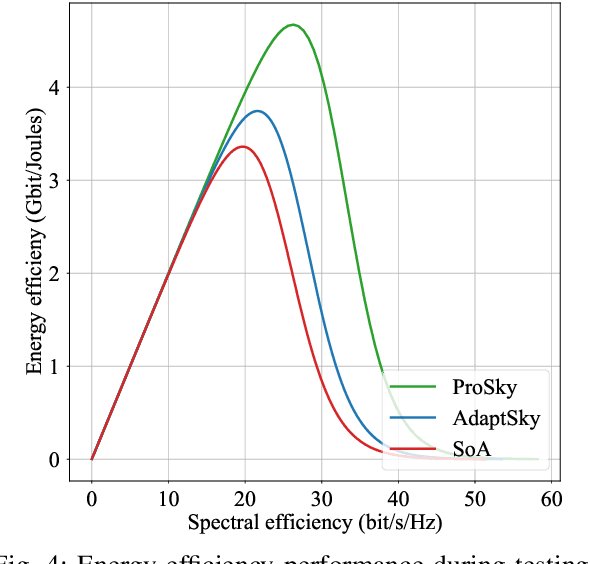
Abstract:Rendering to their abilities to provide ubiquitous connectivity, flexibly and cost effectively, unmanned aerial vehicles (UAVs) have been getting more and more research attention. To take the UAVs' performance to the next level, however, they need to be merged with some other technologies like non-orthogonal multiple access (NOMA) and millimeter wave (mmWave), which both promise high spectral efficiency (SE). As managing UAVs efficiently may not be possible using model-based techniques, another key innovative technology that UAVs will inevitably need to leverage is artificial intelligence (AI). Designing an AI-based technique that adaptively allocates radio resources and places UAVs in 3D space to meet certain communication objectives, however, is a tough row to hoe. In this paper, we propose a neuroevolution of augmenting topologies NEAT framework, referred to as ProSky, to manage NOMA-mmWave-UAV networks. ProSky exhibits a remarkable performance improvement over a model-based method. Moreover, ProSky learns 5.3 times faster than and outperforms, in both SE and energy efficiency EE while being reasonably fair, a deep reinforcement learning DRL based scheme. The ProSky source code is accessible to use here: https://github.com/Fouzibenfaid/ProSky
How Crucial Is It for 6G Networks to Be Autonomous?
Jul 09, 2021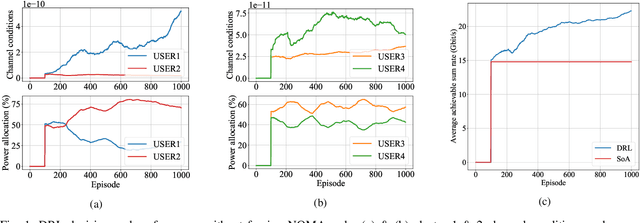
Abstract:The sixth generation (6G), unlike any of the previous generations, is envisioned by 2030 to connect everything. Moreover, in addition to the new use cases, 6G is expected to support, it will need to provide a superior performance over 5G. The global connectivity, large network dimensions, users heterogeneity, extremely low-power consumption, high throughput, ultrahigh reliability, efficient network operation and maintenance, and low-latency requirements to be met by future networks inevitably necessitate the autonomy of 6G. Intelligence, facilitated mainly by the advancement of artificial intelligence (AI) techniques, is a key to achieve autonomy. In this paper, we provide a bird's-eye view of 6G, its vision, progress, and objectives. Furthermore, we present some technologies that would be mainly enabling intelligent globally connected world. In addition to discussing the role of AI for future wireless communications, we, unlike any other review papers, provide our original results which give early evidence for the viability of achieving 6G networks autonomy through leveraging AI advances. Furthermore, we, very importantly, identify 6G implementation challenges and key innovative techniques that promise to solve them. This article serves as a starting point for learners to acquire more knowledge about 6G and also for researchers to promote more development to the field.
 Add to Chrome
Add to Chrome Add to Firefox
Add to Firefox Add to Edge
Add to Edge